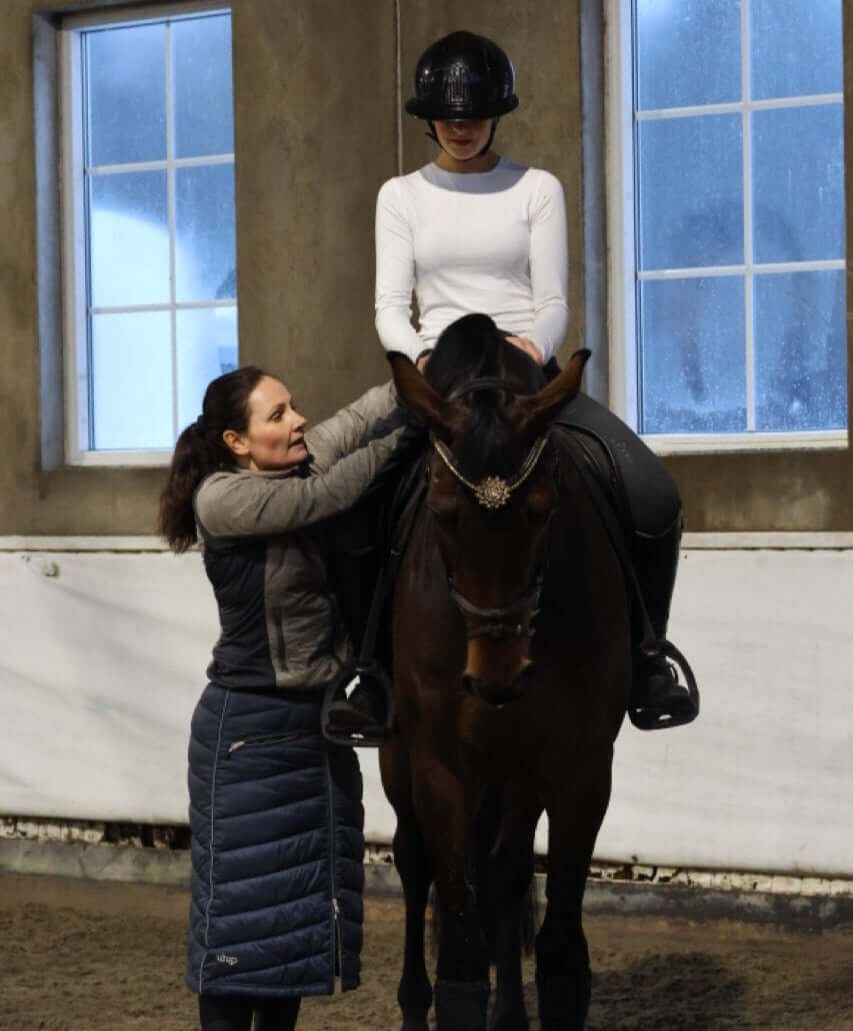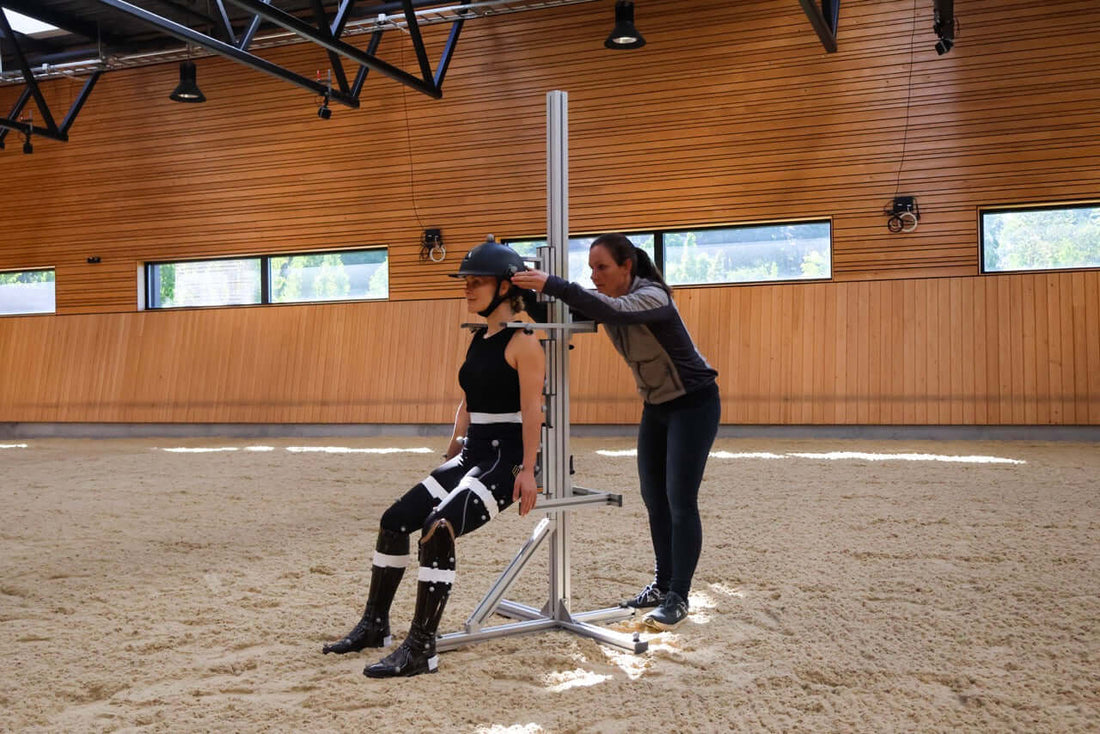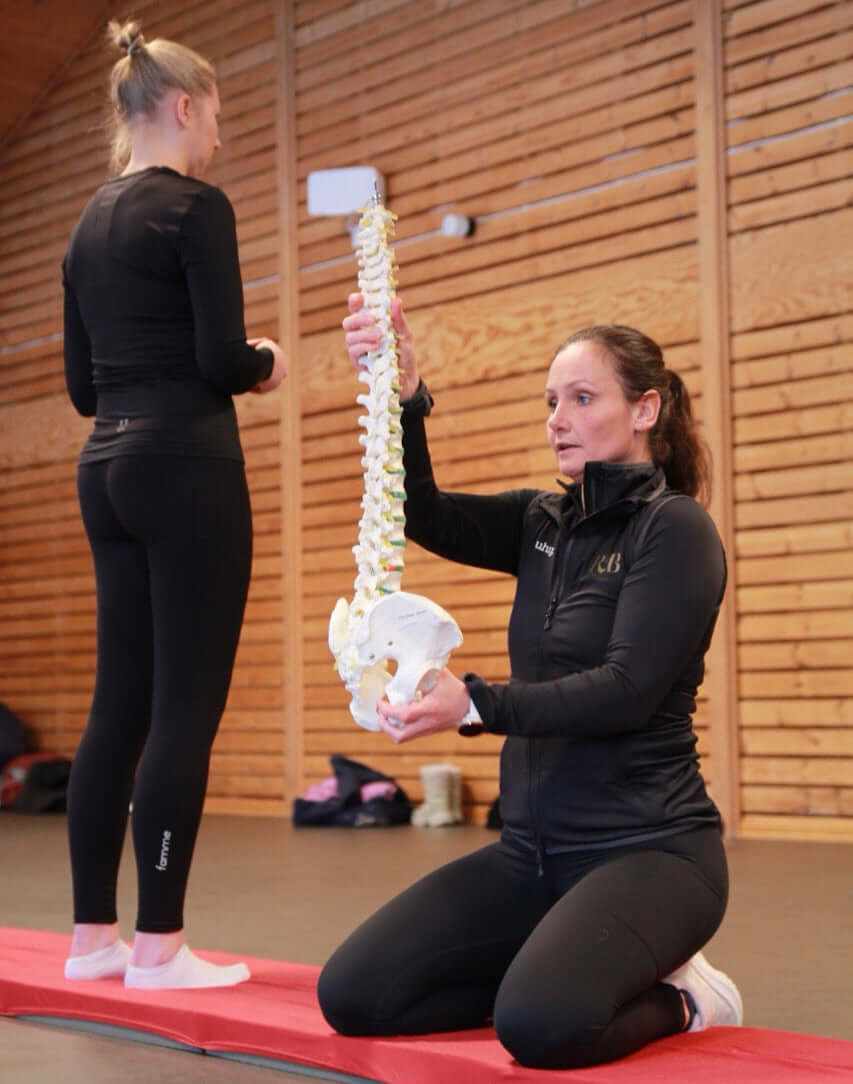How riding instructors teach has a major impact on both the horse's movement patterns and the rider's seat. This study shows that different teaching methods can be measured in the horse's biomechanics and the rider's movements. The results are relevant to anyone involved with horses - whether you are a rider, trainer or teacher.
Why is this important?
Riding is a practical and body-based skill. To teach effectively, the instructor must adapt to both horse and rider. The study shows that the structure of the lesson and what the instructor chooses to focus on – for example, rhythm, energy or seat – has a direct impact on the horse's movements and the signal strength in the reins.
How the study was conducted
Four experienced riding instructors from Sweden and Norway taught five riders each, for a total of 40 riding lessons. Each rider rode two different horses, and all lessons were analyzed with advanced measurement methods: video, rein tension sensors and movement meters on both horse and rider. The focus exercise was transitions between walk and trot.
This research confirms that riding lessons are not just about giving instructions – but about shaping movements, signals and communication between horse and rider. Everyone who teaches should be aware of how the choice of exercises, instructions and focus affects the outcome. For riders, this means that it is useful to be aware of how you learn. The right teaching can help you develop a better seat, more precise aids and a more balanced horse.
1. Teaching affects the horse's biomechanics
Instructors who focused on the quality of strides and transitions achieved more regular and symmetrical movements in the horse. Among other things, the horses showed more balanced strides and better interaction between the back and hindquarters – a key factor for dressage and horse welfare.
2. Good preparation makes it easier to take the reins
Those instructors who spent time on preparatory exercises before the transitions achieved significantly lower rein tension – up to 4 kg less pressure in the horse’s mouth. This indicates better communication and more harmonious riding.
3. Focus changes the outcome
Instructors who asked riders to count strides or focus on rhythm produced horses with smoother movements. Others who focused on the rider's seat directly affected the rider's movement pattern and balance. This shows that the content of the instruction controls what the student learns – and what the horse responds to.



